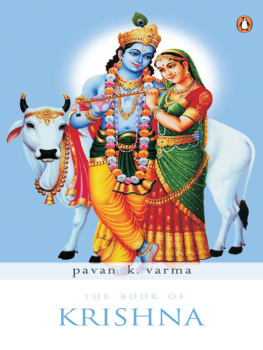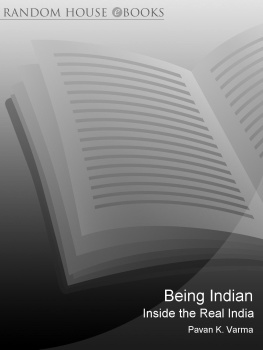Praise for the Book
The book is absorbing, balanced, engaging, laced with becoming wit.
K. Natwar Singh,
Former Minister of External Affairs of India
In the long period during which the British ruled India, the founder administrators displayed keen interest in the area and the people they were called upon to serve. The books written by many of these pioneers provide invaluable information about the time gone by and the manner in which our colonial masters exercised authority.
I am very happy to learn that Ram Varma, who served in Haryana from the day this new state was born and retired as Chief Secretary, has written about his work and experiences as an I.A.S. officer for over three and a half decades, working under political masters of vastly varying hues.
I believe that Rams memoir shall be of immense interest to serving and retired civil servants all over the country, policy makers, political analysts and to those who seek to research the history of governance in the post-Independence period.
Narinder Nath Vohra,
Governor, Jammu and Kashmir
Ram Varmas fascinating memoir is more than an account of his life and achievements. It gives a vivid and authentic description of the transformation of Haryana from a rural agricultural society to one of the front-ranking states of the Indian Union with impressive urban centres.
Besides a picturesque delineation of the roles of political leaders, particularly the three LalsBansi Lal, Devi Lal and Bhajan Lalin this drama of dramatic change, the book also brings out the problems faced by upright civil servants who refuse to align with the self-interest of the political masters.
Lucid and brilliant analysis A must-read to understand Haryana and Indian democracy at work.
Balmiki Prasad Singh,
Former Governor of Sikkim
Former Union Home Secretary
Ram Varma, while most eloquently and brilliantly brings out the trials and tribulations, has also succeeded in highlighting the excitement and challenges of life in the IAS. Successfully weaving his personal experiences into the political upheavals around him, he has not just given a peep into the life of officers but has also helped unravel the excitement of development in the newly formed state of Haryana.
A must-read for those desiring a glimpse into the private world of bureaucracy as also those who wish to know about Haryana in its nascent years.
Omesh Saigal,
Former Chief Secretary, Delhi
Also by Ram Verma
Before He Was God: Ramayana, Reconsidered Recreated (2010)
Ishwaratva se Poorva: Satyaswaroop Ramayana (2012)
LIFE IN THE IAS
Published by
Rupa Publications India Pvt. Ltd 2017
7/16, Ansari Road, Daryaganj
New Delhi 110002
Copyright Ram Varma 2017
The views and opinions expressed in this book are the authors own and the facts are as reported by him which have been verified to the extent possible, and the publishers are not in any way liable for the same.
All rights reserved.
No part of this publication may be reproduced, transmitted, or stored in a retrieval system, in any form or by any means, electronic, mechanical, photocopying, recording or otherwise, without the prior permission of the publisher.
ISBN: 978-81-291-XXXX-X
First impression 2017
10 9 8 7 6 5 4 3 2 1
The moral right of the author has been asserted.
This book is sold subject to the condition that it shall not, by way of trade or otherwise, be lent, resold, hired out, or otherwise circulated, without the publishers prior consent, in any form of binding or cover other than that in which it is published.
To
Savitri
who built the nest and nurtured our songbirds,
Vandana, Jyotsana, Upasana,
and flew away when the songbirds left the nest
Contents
by S.K. Misra
Foreword
S.K. Misra
Former Secretary to Prime Minister
Chairman, Indian Trust for Heritage and Development
Ram Sahai Varma was allotted to Punjab on his first Indian Administrative Service (IAS) posting in 1965, and assigned to serve as assistant commissioner in Hisar district. I was then functioning as deputy commissioner in Hisar; so he entered the service as a trainee under my guidance. On the formation of Haryana in the following year, we both moved over to the new state. I have thus known him from the earliest days. I have with great interest observed the subsequent progress of his career, which coincided with the development of the state in its early formative stages under the three Lals. He is, therefore, in an ideal position to chronicle the significant developments, personalities, trials and tribulations of these crucial early years, as well as the young states notable achievements.
I was, hence, very pleased when he informed me that he had started working on this book. I had recently brought out my own memoirs which also dealt with my experiences in Haryana, but not in the detail that a dedicated volume on the state would afford. The formation and development of Haryana has not received the comprehensive attention it deserves, and Varmas perspective, which will be different from mine, will add another dimension.
He aptly likens his book to a song of the kingfisher. Like the kingfisher, Varmas high perch as principal secretary to Chief Minister Bansi Lal, in two stints, and later as chief secretary of the state gave him a unique vantage point. In additionthis is unusual for a bureaucrathis song has a melodious tone and one finds it quite engrossing. His preface is especially endearing, linking the origins of Haryana to the Saraswati and recalling hymns of the Rigveda in support of the existence of the sacred river.
Although he was a young trainee with no prior administrative experience when he joined my team, it did not take me long to size him up. War had broken out with Pakistan, and we were without a public relations officer, a position which at that time was an absolute necessity. Instead of waiting for the post to be filled in on a regular basis, I decided to put my trust in this young officer who was already with me, and he did not disappoint me. Varma fully lived up to my expectations, showing great initiative in handling the job, and did so with great aplomb. The experience thus gained stood him in good stead as after a few years, against the advice of the chief secretary, Chief Minister Bansi Lal appointed him to look after public relations for the entire state. He won the confidence of the chief minister by bringing a fresh approach to his job, and his immediate boss, the chief secretary, could find nothing to complain about.
The book is very well written, interlaced with humour. In highlighting the roles of the three chief ministers, he has shown objectivity in analyzing both the plus and minus points. In regard to his personal life, he has been engagingly candid, particularly in regard to choosing a life partner. His was an arranged marriage and it was customary (as it still often is) for the boy to see a girl and then others, if she did not meet his approval. Varma refused to conform to tradition as he felt that in case of rejection it was humiliating for the girl. He, therefore, asked his mother to choose his wife, which she did. Everything worked out well, and he tied the knot with Savitri. The gods obviously blessed them for theirs was a happy married life. His travels with Savitri to Amarnath and his Bharat Darshan with her and the family make for a fascinating reading.
I have no doubt that young entrants to the civil service will find the book interesting and relevant. For those interested in state politics it is a remarkable case study of the functioning of different chief ministers, each having different interests (and each hating the others), but at the same time not neglecting the vital interests of the state. As I also had the opportunity of working with the three chief ministers, and observing them closely, perhaps I may add my own perceptions.


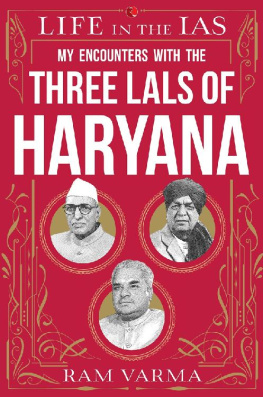

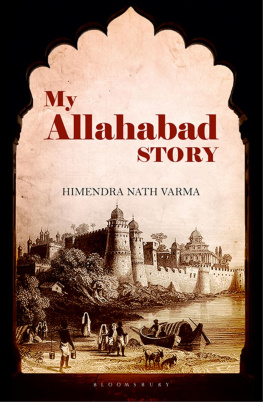

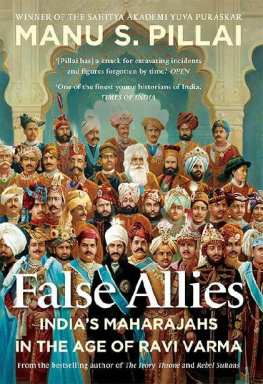
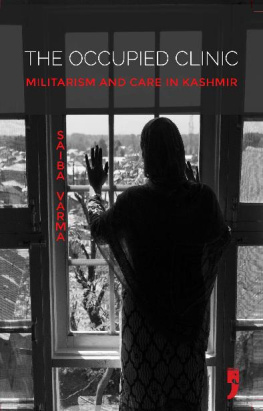
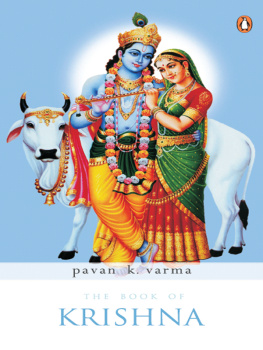
![Jayant Varma [Jayant Varma] - Learn Lua for iOS Game Development](/uploads/posts/book/124117/thumbs/jayant-varma-jayant-varma-learn-lua-for-ios.jpg)
